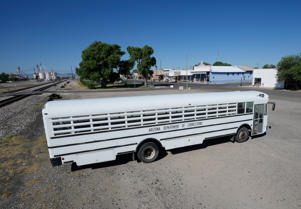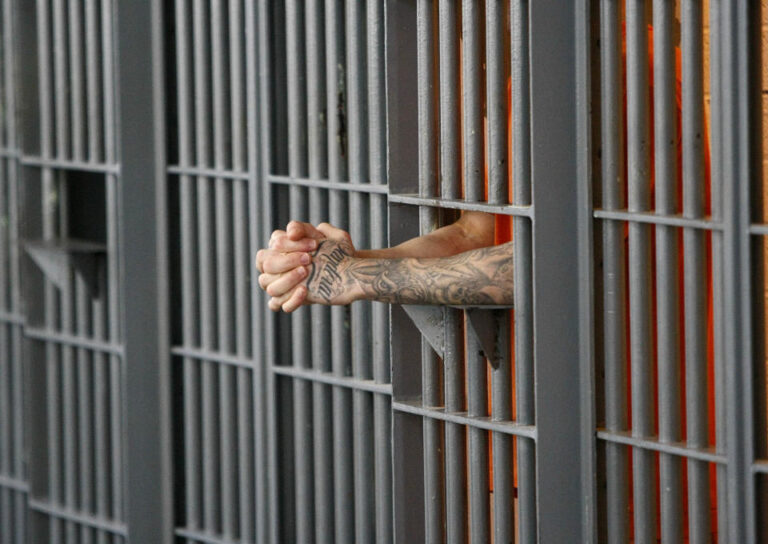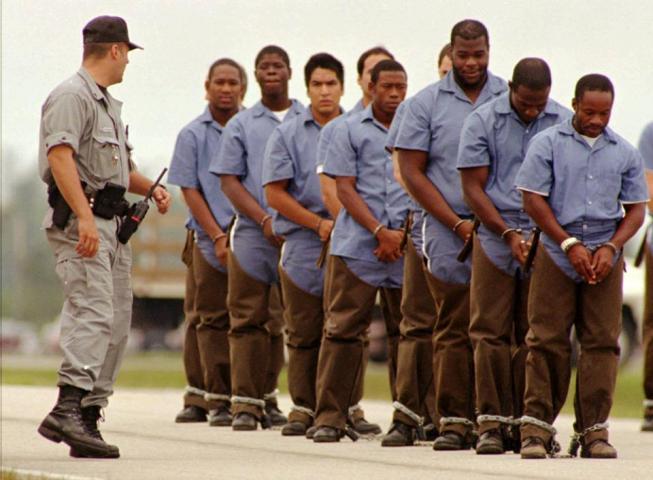Towns, cities, schools are all exploiting prison labor in Arizona
© Michael Chow/The Republic A corrections bus is parked in Willcox. At 50 cents an hour, governments across Arizona have come to rely on prisoners to carry out basic maintenance of everything from their public golf courses to libraries, schools and civic centers. Economists on both the right and left of the political spectrum don’t…





